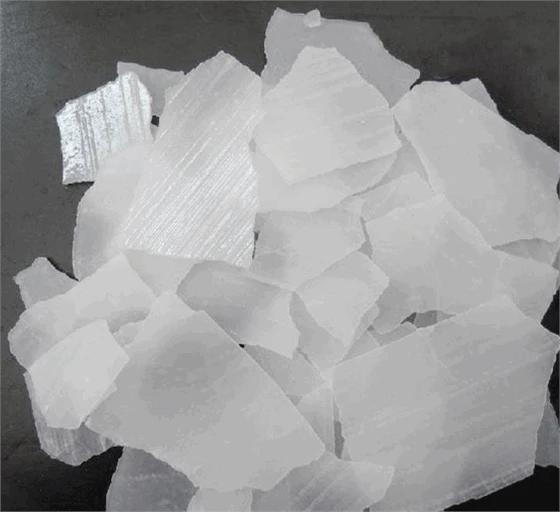



muriatic acid vs sodium bisulfate
Comparing Muriatic Acid and Sodium Bisulfate Two Powerful Pool Chemicals
When it comes to maintaining a swimming pool, keeping the water balanced and clean is crucial for both safety and enjoyment. Among the many chemicals used for this purpose, muriatic acid and sodium bisulfate are two commonly employed options for lowering pH and increasing water clarity. While they serve a similar function, understanding their differences, applications, and safety considerations is vital for pool owners.
What is Muriatic Acid?
Muriatic acid, also known as hydrochloric acid, is a highly corrosive substance that is widely used in various industries, including swimming pool maintenance. It is a strong acid that effectively lowers pH levels and removes mineral deposits from pool surfaces. Muriatic acid is especially useful in balancing water chemistry, which is essential for preventing algae growth, scaling, and other issues that can arise when pH levels are too high.
Despite its effectiveness, muriatic acid requires careful handling due to its corrosive nature. Pool owners must wear appropriate personal protective equipment (PPE) when working with it, including gloves, goggles, and long sleeves, to prevent skin and eye irritation. Additionally, it should always be diluted in water, never the other way around, to avoid violent reactions.
What is Sodium Bisulfate?
Sodium bisulfate, also known as dry acid, is another popular chemical used for lowering pH levels in swimming pools. This compound is less aggressive than muriatic acid and is often preferred by DIY pool owners for its ease of use. Sodium bisulfate is a white, granular substance that dissolves quickly in water and and is safer to handle compared to muriatic acid.
One of the main advantages of sodium bisulfate is that it poses less risk to pool surfaces and equipment. Its granular form makes it easy to store and measure, and it typically does not emit harmful fumes, making it more user-friendly. Additionally, sodium bisulfate can be used in a variety of applications beyond pool maintenance, such as in cooking, food processing, and cleaning.
muriatic acid vs sodium bisulfate

Key Differences
The primary difference between muriatic acid and sodium bisulfate lies in their chemical composition and strength. Muriatic acid (HCl) is a strong acid with a very low pH, while sodium bisulfate (NaHSO4) is a weak acid and has a higher pH than muriatic acid. This difference influences their applications muriatic acid is more effective for drastic reductions in pH, while sodium bisulfate is ideal for routine maintenance.
Moreover, while both substances aim to lower pH, the method of application also varies. Muriatic acid must be diluted before use, and care must be taken to ensure that it is evenly distributed in the pool water. Sodium bisulfate, on the other hand, can be added directly to the water, making it a convenient choice for homeowners who want to simplify their pool maintenance routine.
Safety Considerations
Considering the safety aspects is critical when handling these chemicals. Muriatic acid can cause severe damage upon contact with skin or eyes, and its fumes can irritate the respiratory system. It must always be stored away from children and pets, in a cool, dry place.
Sodium bisulfate, while safer, should still be handled with care. Exposure to skin or eyes can cause irritation, and inhaling the dust can lead to respiratory issues. It is important to adhere to safety guidelines and use appropriate PPE whenever necessary.
Conclusion
Both muriatic acid and sodium bisulfate serve important roles in maintaining pool water quality. While muriatic acid is a stronger and faster-acting solution, sodium bisulfate offers a safer and user-friendly alternative. When choosing between the two, pool owners must consider their specific needs, safety concerns, and preferences for chemical handling. Regardless of the choice, maintaining balanced water chemistry is key to ensuring a clean, safe, and enjoyable swimming environment.
-
Why Sodium Persulfate Is Everywhere NowNewsJul.07,2025
-
Why Polyacrylamide Is in High DemandNewsJul.07,2025
-
Understanding Paint Chemicals and Their ApplicationsNewsJul.07,2025
-
Smart Use Of Mining ChemicalsNewsJul.07,2025
-
Practical Uses of Potassium MonopersulfateNewsJul.07,2025
-
Agrochemicals In Real FarmingNewsJul.07,2025
-
Sodium Chlorite Hot UsesNewsJul.01,2025










